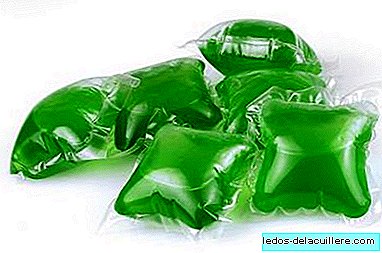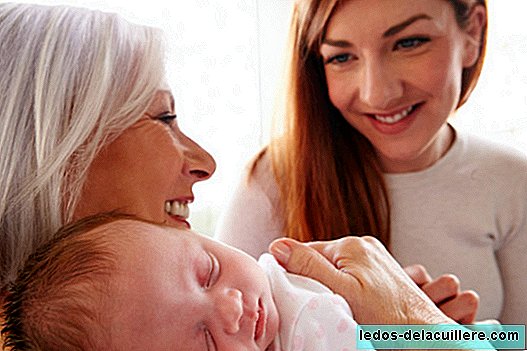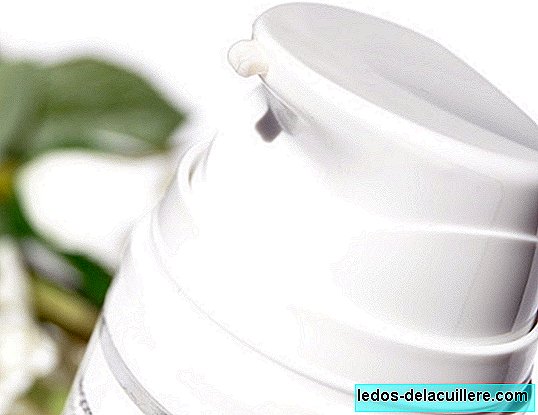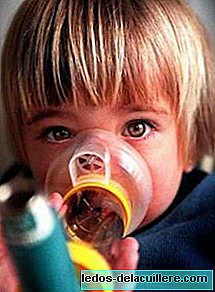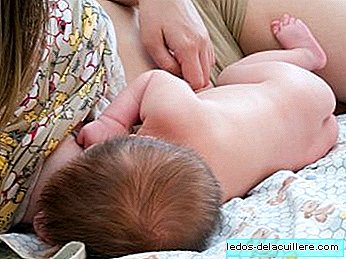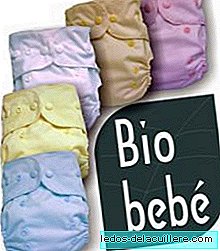
We already reported a pilot test a year ago in a nursery in Sant Cugat del Vallés (Barcelona) to replace disposable diapers with washables. Well it seems that it was a success because the City Council of that town and the Catalan Recycling Center work together on a new project to introduce these diapers in more nursery schools, and this town has received the XIV Prize of Environment of the Generalitat for this innovative project that places you at European level in matters of environmental responsibility.
After glasses and newspapers, diapers are the third article that pollutes the most. And the data is as follows:
Spanish babies up to two and a half years use a minimum of 2,047 million disposable diapers, which means 360,500 tons of waste representing 1.75% of municipal waste. And within the scope of nursery schools they represent a 75% of the weight of the waste generated there.
They also intend to extend the use of washable diapers to the family environment. Here parents participate voluntarily: they take the child home with one of these diapers, return it the next day in a bag for the school to wash and receive another clean for the next morning so that disposable diapers do not enter.
This initiative has been designed with the objective of reducing waste and they have achieved it without affecting family comfort. If they are happy, perfect.
Although I personally do not use this type of diaper, I do know them and I have 2 friends who use them and are very satisfied.
I can assure you that there are much misinformation about. Neither are those diaper safety pins of yesteryear but they are modern and very comfortable to use, nor is the inconvenience of washing them in a home that puts the washing machine on a daily basis and that has it already integrated into its task routine.
The market currently offers us washable diapers of different qualities and typesThey are usually outer panties (which are less washed) and internal absorbents (which are washed with each use).
Advocates claim these advantages:
- Possible irritations or intolerance of commercial diapers do not occur, by avoiding skin contact with chemicals and by maintaining an adequate temperature in the diaper area
- Expenditure on disposable diapers for a child for two years can amount to about 1,400 euros, while washable diapers can cost about 500 euros, with a useful life of 5 to 6 years. The savings will be much greater if you have a second child
- When they are dispensed with, because they are made of cotton, they easily degrade without damaging the environment compared to the 500 years it takes to degrade the diapers used and disposed of.
Surely some of you will make fun of this option, but if we rationalize it well it is quite sensible: cheaper, healthy and ecological.
And what is retrograde or not, taking into account that the washing machine is washed and not ironed, depends on the concept and rhythm of life that each one has. Although its use is not widespread in Spain, it is used by millions of mothers in England or the US and they are not exactly old.
When I have my second child, I may try it and I will be able to judge more judiciously. In the meantime I consider it another way of living motherhood and life in general.



